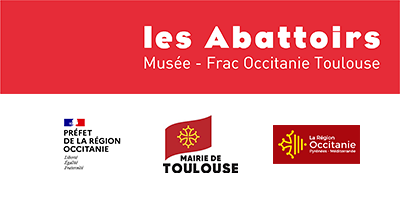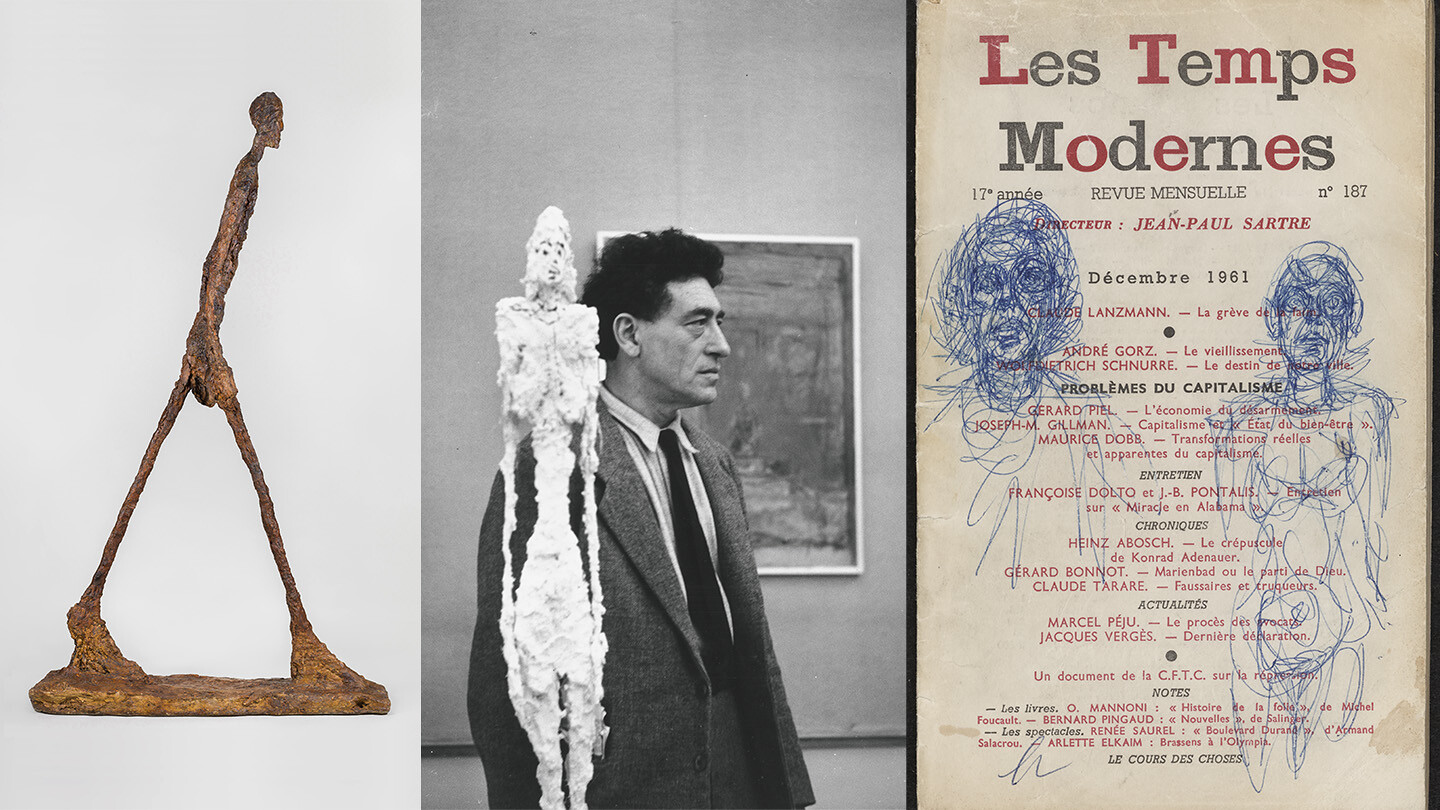(Giacometti’s years)
September 22, 2023–January 21, 2024
76 allées Charles de Fitte
Les Abattoirs, Musée - Frac Occitanie Toulouse
31300 Toulouse
France
Hours: Wednesday–Sunday 12–6pm,
Thursday 12–8pm
T +33 5 62 48 58 00
lesabattoirs@lesabattoirs.org
The exhibition Le temps de Giacometti (1946–1966) (Giacometti’s years), held at Les Abattoirs co-organised with the Fondation Giacometti, gives visitors an unprecedented look at the art and life of artist Alberto Giacometti in the context of the post-war years up until his death in 1966.
The artistic journey of Alberto Giacometti (1901–1966), an iconic twentieth-century artist, was quite unique. In the 1920s he joined the Cubist movement, then in its closing years, before going on to become the embodiment of the ultimate Surrealist sculptor. After World War II, however, as abstraction was gaining ascendancy on both sides of the Atlantic, he held to his own approach (which he shared with a few others)—that of figurative art. His was an extraordinary path. He was greatly esteemed for his famous portrayals of humankind, both wounded and undergoing change; he was in tune with existentialist thought; and he was the creator of an art that reflected recent history with its war, massacres and anxiety over the nuclear threat.
He was a humanist, totally absorbed in his work, but he was also a man of his time, a social creature whose creative work must be read in the various contexts that surrounded him: the circle of artists, writers and philosophers he frequented, the younger generation that visited him, the photographers that took his picture, and the galleries he exhibited in and for which he developed the staging design, such as at the Galerie Maeght in 1951. This exhibition aims to bring to the fore all these aspects, which came together in his response to the great artistic and philosophical questions of his time, from late Surrealism to the beginnings of Existentialist thought.
The exhibition is primarily composed of works loaned by the Fondation Giacometti, which preserves artworks that the artist retained throughout his life. It brings together some one hundred emblematic works such as Women with Chariot (ca. 1945), The Cage (1950), Walking Man II (1960), and Tall Woman I (1960), as well as a collection of paintings, drawings on magazines, photographs and archival material, thus creating a vast account of the artist as a key actor in the post-war world, through his artworks, connections with the intellectual and artistic world of the time, exhibitions and writings.
In a continuation of the exhibition, a contemporary section generates encounters between Giacometti and artists of today, around the action of the “Walking Man”, exploring its downfalls but also the hope it continues to hold. With works by: Pilar Albarracin, Claude Cattelain, Esther Ferrer, Regina José Galindo, Mona Hatoum, Rebecca Horn, Hiwa K, Kubra Khademi, Éric Pougeau, José Alejandro Restrepo.
In addition to the main exhibition, E.R.O.S (1959): The Story of a Surrealist Exhibition through the Daniel Cordier Collection takes visitors on a journey to the eighth Exposition inteRnatiOnale du Surréalisme, which was presented in Cordier’s gallery in 1959 and in which Alberto Giacometti participated.
An exhibition catalogue is being published in collaboration with Éditions Gallimard.
Curators
Émilie Bouvard, director of collections and scientific programme, Fondation Giacometti
Annabelle Ténèze, director of Les Abattoirs, incoming director Louvre-Lens
assisted by Audrey Palacin, research associate
This exhibition has received generous support from the City of Toulouse and Toulouse Métropole.
This exhibition was organised in collaboration with the Fondation Giacometti.
The exhibition is sponsored by Deloitte, Banque Populaire Occitane, Mercure Forbes Global Properties, Pierre Fabre, Konica Minolta, Enedis.
This project has received assistance from the State Prefecture of the Occitanie.
In media partnership with France 3 Occitanie, Konbini, Le Figaro.



